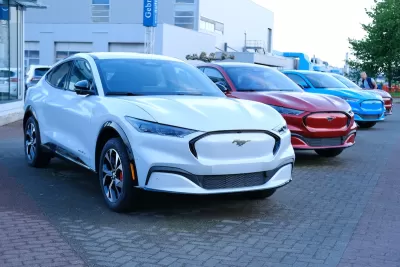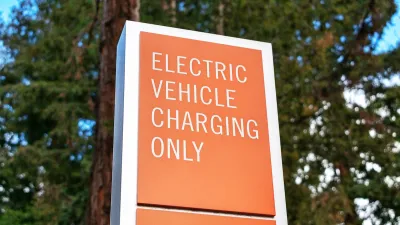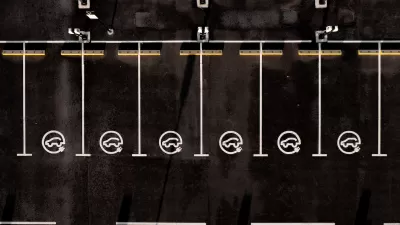Trump’s proposal to eliminate the federal electric vehicle credit could have severe repercussions for the domestic auto industry.

In a Forbes article, Andrew Leahey explains why eliminating the federal electric vehicle tax credit would be “a huge mistake” and “a major setback for the American automotive industry.”
According to Leahey, removing the tax credit — which he calls “a strategic investment in the future of American industry, innovation, and sustainability” — would put U.S. automakers further behind in the shift to electric vehicles and make them less competitive. “Without comparable support, US automakers face the challenge of both competing with lower-priced foreign EVs and covering the high upfront costs of EV research and development (R&D) —without the benefit of subsidies.”
Leahey explains that the move would only harm U.S. innovation and jobs and allow competitors to gain market share. “By eliminating the EV tax credit, the Trump administration risks pulling the rug out from under domestic EV manufacturers.” It would also limit the growth of “high-quality, future-focused jobs” in the sector.
The only automaker who could stand to benefit from the loss of the tax credit is Tesla, while legacy carmakers like Ford and small companies like Rivian would suffer, leading to fewer options for buyers and less innovation in the industry. For Leahey, “If the goal is to foster a robust American EV marketplace, eliminating the credit is not the answer.”
FULL STORY: Eliminating The Electric Vehicle Tax Credit Would Be A Huge Mistake

Study: Maui’s Plan to Convert Vacation Rentals to Long-Term Housing Could Cause Nearly $1 Billion Economic Loss
The plan would reduce visitor accommodation by 25,% resulting in 1,900 jobs lost.

North Texas Transit Leaders Tout Benefits of TOD for Growing Region
At a summit focused on transit-oriented development, policymakers discussed how North Texas’ expanded light rail system can serve as a tool for economic growth.

Why Should We Subsidize Public Transportation?
Many public transit agencies face financial stress due to rising costs, declining fare revenue, and declining subsidies. Transit advocates must provide a strong business case for increasing public transit funding.

How to Make US Trains Faster
Changes to boarding platforms and a switch to electric trains could improve U.S. passenger rail service without the added cost of high-speed rail.

Columbia’s Revitalized ‘Loop’ Is a Hub for Local Entrepreneurs
A focus on small businesses is helping a commercial corridor in Columbia, Missouri thrive.

Invasive Insect Threatens Minnesota’s Ash Forests
The Emerald Ash Borer is a rapidly spreading invasive pest threatening Minnesota’s ash trees, and homeowners are encouraged to plant diverse replacement species, avoid moving ash firewood, and monitor for signs of infestation.
Urban Design for Planners 1: Software Tools
This six-course series explores essential urban design concepts using open source software and equips planners with the tools they need to participate fully in the urban design process.
Planning for Universal Design
Learn the tools for implementing Universal Design in planning regulations.
City of Santa Clarita
Ascent Environmental
Institute for Housing and Urban Development Studies (IHS)
City of Grandview
Harvard GSD Executive Education
Toledo-Lucas County Plan Commissions
Salt Lake City
NYU Wagner Graduate School of Public Service





























